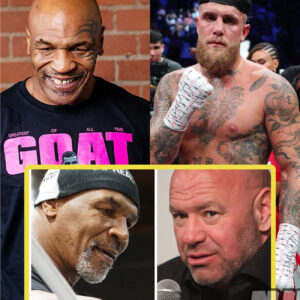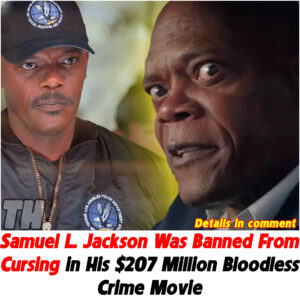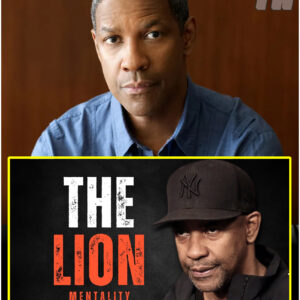### The Intersection of LGBT Identity and the Black Church: Challenges and Coexistence
The relationship between the LGBT community and the Black Church is a complex and multifaceted issue that touches on deep cultural, spiritual, and social dynamics.
Historically, the Black Church has been a cornerstone of the African American community, providing not just spiritual guidance but also social and political support. However, the inclusion and acceptance of LGBT individuals within these religious spaces remain contentious and deeply challenging.

#### Historical Context and Cultural Significance
The Black Church has long been a sanctuary for African Americans, offering solace and unity in the face of systemic racism and social injustices. Rooted in a tradition of resilience and activism, it has played a pivotal role in the civil rights movement and continues to be a powerful voice for justice and equality.
However, this institution has also been characterized by conservative views on sexuality and gender roles, often reflecting broader societal norms that stigmatize LGBT identities.
#### Theological Perspectives and Doctrinal Challenges
Many Black Churches adhere to traditional interpretations of biblical texts that view homosexual behavior as sinful. This theological stance creates a significant barrier to the acceptance of LGBT individuals, who often find themselves at odds with their religious community.
The challenge is compounded by the fact that these doctrinal beliefs are deeply entrenched and are seen as integral to the church’s moral teachings.
#### Personal Narratives and Community Responses
Despite these challenges, there are numerous stories of LGBT individuals who navigate their faith and sexual identity within the Black Church. Some find solace in affirming congregations that welcome LGBT members and actively support their rights.
For example, churches like the Unity Fellowship Church Movement and some branches of the Episcopal Church are known for their inclusive policies. These churches provide a model for how religious institutions can embrace diversity while maintaining their spiritual mission.
On the other hand, many LGBT individuals face rejection and alienation from their religious communities.
This rejection can have profound psychological and emotional effects, contributing to higher rates of depression and anxiety among LGBT youth in religious contexts. The stigma and discrimination often extend beyond the church walls, influencing broader social interactions and family dynamics.
#### The Case of TD Jakes and Serita Jakes
Recent allegations involving prominent figures like TD Jakes have brought these issues into sharper focus. TD Jakes, a renowned pastor, has been the subject of rumors and allegations regarding his sexuality and alleged misconduct.
These allegations not only affect his reputation but also highlight the tension between private lives and public personas in religious leadership.
Serita Jakes, his wife, has been depicted as a pillar of strength, dealing with family challenges and the public scrutiny of her husband’s actions. The rumors about TD Jakes’ sexuality and the alleged complicity of Serita in covering up these issues reflect the broader struggle within the Black Church to reconcile personal realities with public expectations.
#### Moving Towards Inclusivity
The path towards greater inclusivity in the Black Church involves both theological re-evaluation and cultural transformation. Some theologians and church leaders are advocating for a more nuanced interpretation of the Bible, one that emphasizes love, acceptance, and the inherent dignity of all individuals, regardless of their sexual orientation. This shift requires courageous conversations within congregations and a willingness to challenge long-held beliefs.
Moreover, educational efforts that address the intersection of faith and sexuality can foster greater understanding and empathy. Workshops, seminars, and dialogue sessions can help bridge the gap between conservative doctrines and the lived experiences of LGBT individuals.
Prominent figures within the Black Church who advocate for inclusivity can also play a vital role in shifting public opinion and fostering a more accepting environment.
#### Conclusion
The coexistence of the LGBT community and the Black Church is not only possible but also necessary for the holistic well-being of the African American community.
It requires a commitment to empathy, understanding, and a willingness to embrace the full diversity of God’s creation. While challenges remain, the stories of individuals who navigate these spaces with grace and courage offer hope for a future where faith and identity can coexist harmoniously.
As the Black Church continues to evolve, it must reckon with its historical legacy and the pressing need for inclusivity. By embracing LGBT individuals and affirming their place within the spiritual community, the Black Church can continue to be a beacon of hope and a powerful force for justice in the world.
News
(VIDEO) Dana White REACTS to Mike Tyson vs Jake Paul POSTPONED FIGHT
**Anderson Silva and Chael Sonnen: From Boxing Match to Hall of Fame Induction** In an unexpected turn of events, former MMA rivals Anderson Silva and Chael Sonnen…
(VIDEO) Mike Tyson Just ANNIHILATED Jake Paul And WARNED To FINISH Him!
**Iron Mike vs. The Problem Child: The Showdown of Eras** The boxing world is abuzz with the upcoming clash between two unlikely adversaries: the legendary Mike Tyson…
(VIDEO) MIKE TYSON SCARY NEW FOOTAGE!👀(FULL TRAINING) Mayweather, Lennox & Joe Rogan WORRIED for JAKE PAUL??
### Mike Tyson vs. Jake Paul: The Fight That Never Was The world of boxing thrives on spectacle, and few events captured the public’s imagination like the…
(VIDEO) Joe Rogan Just RIPPED Jake Paul After He Quit Mike Tyson Fight
### Jake Paul vs. Mike Tyson: The Fight That Never Was In a world where spectacle often triumphs over substance, Jake Paul’s announcement to fight Mike Tyson…
(VIDEO) Floyd Mayweather Just WARNED Jake Paul To CANCEL Might Tyson Fight
### Jake Paul vs. Mike Tyson: The Looming Showdown and Floyd Mayweather’s Dire Warning In the ever-dramatic world of boxing, a potential clash between social media sensation…
(VIDEO) Joe Rogan Just EXPOSED Jake Paul With LEAKED Audio Files For BRIBING The Referee
In an unexpected twist, a leaked video has surfaced showing a private match between Jake Paul and Mike Tyson, revealing that Paul had to pay approximately $100…
End of content
No more pages to load











